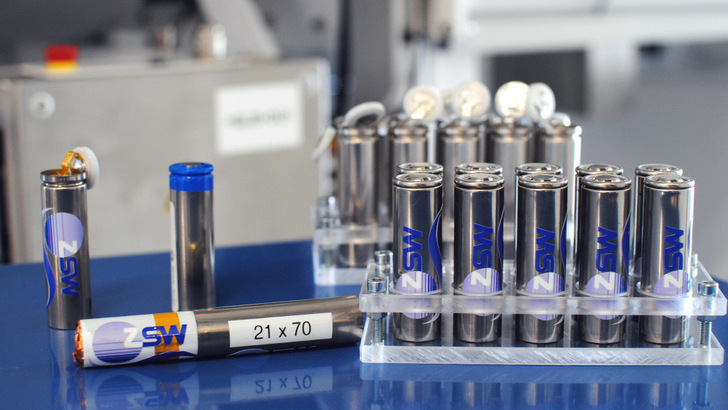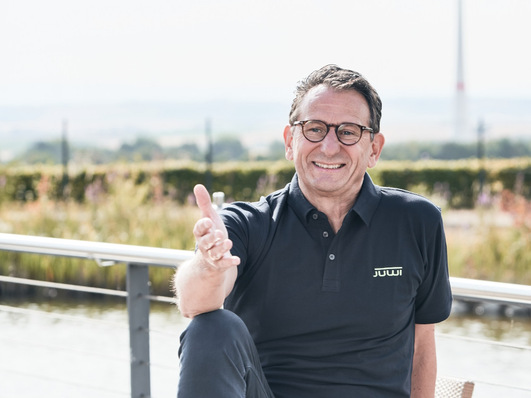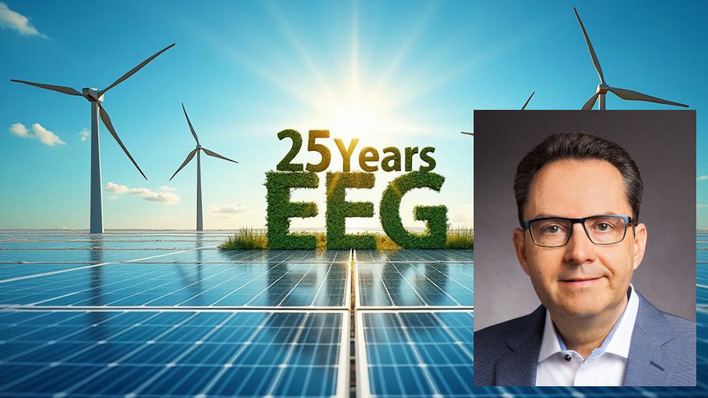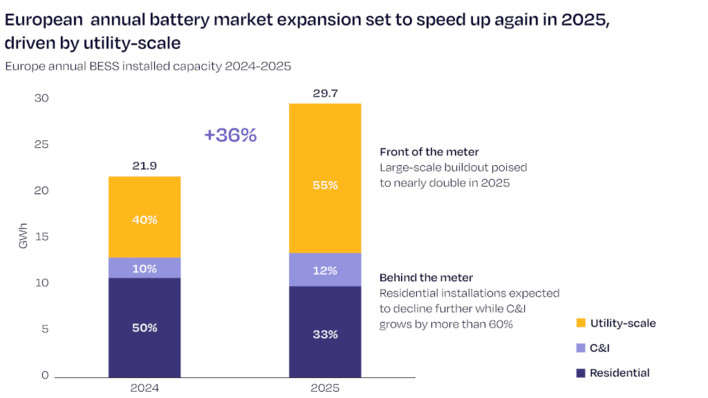Researchers at the Centre for Solar Energy and Hydrogen Research Baden-Württemberg (ZSW), Germany, have found an environmentally friendly process to produce electrodes for lithium-ion batteries. This is because today's lithium-ion batteries consist without exception of materials with a large nickel content in the cathode mass. This increases the energy density.
See also: Several hundred MWh energy storage systems for Israeli projects
However, many toxic solvents and fluorine-containing chemicals are used in the production process. This is precisely where the ZSW's development comes in. For the researchers have now launched the industrial production of the cathodes with environmentally friendly and cost-effective alternatives. They replaced the toxic solvent NMP with water. NMP stands for N-methyl-2pyrrolidone. The toxic chemical is used as a solvent in many fields due to its thermal stability and high polarity.
Enough for 200,000 car kilometres
The ZSW researchers replaced the standard solvent NMP and the fluorine-containing binder mixture PVDF with an aqueous formulation. They then used the new approaches to successfully produce cathodes with a high nickel content, high specific energy and longevity on a pilot scale close to production. The electrodes produced in this way were installed in round cells of the type 21700. After 1,000 charge and discharge cycles, they still had 80 per cent of their initial capacity. Converted to an electric vehicle, this would mean a durability of at least 200,000 kilometres. The conclusion: they are thus suitable for use in battery-electric vehicles.
Possibility of mass production proven
The researchers have thus reached a stage of development on which they have been working for several years. According to their own statements, considerable progress has been made in recent years on a laboratory scale in the water-based production of electrodes that contain active materials with a high nickel content. However, there has not yet been any proof of feasibility on a near-production scale. The ZSW has now succeeded in doing so. "Our work is intended to improve the production of electrodes in lithium-ion batteries and make them environmentally friendly without compromising the output of the batteries," Markus Hölzle, head of the ZSW business unit in Ulm, describes the goal. "The substitution of toxic solvents and non-biodegradable fluorine-containing chemicals plays an important role in this."
Recycling advantages
Margret Wohlfarth-Mehrens, who was responsible for the work as head of the department, adds: "With our new production process, we are significantly reducing the ecological footprint of lithium-ion batteries. Water has already been used as a solvent for anodes on an industrial scale for many years, and now we have managed to do the same for cathode materials. In addition to eliminating toxic solvents, the use of water also makes it possible to use non-fluorinated binders, which significantly simplifies the recycling of batteries," she mentions yet another advantage of the new development.
100-metre-long electrodes produced
But not only the ecological aspects played a role in the development. The researchers were also able to reduce the costs of cell production by using an aqueous formulation. They started with electrodes on a millimetre scale. In the meantime, however, they have also been able to successfully produce electrodes of around 100 metres in length. To do this, the researchers used the previously developed materials on a kilogram scale. This pilot size is considered a key step in the transfer of laboratory probes measuring a few millimetres to large-scale applications, where cubic metres and tonnes are involved.
Also interesting: Webinar recording: Battery energy storage systems: worth the hype
With the 100-metre-long electrode strips, the ZSW was also able to produce fully-fledged cylindrical battery cells of the 21700 format for the first time. This cell format is used, for example, by the car manufacturer Tesla in its Model 3. However, these batteries are also suitable for use in e-bikes. The transfer of the process to other cell formats is now the next step. (su/mfo)









